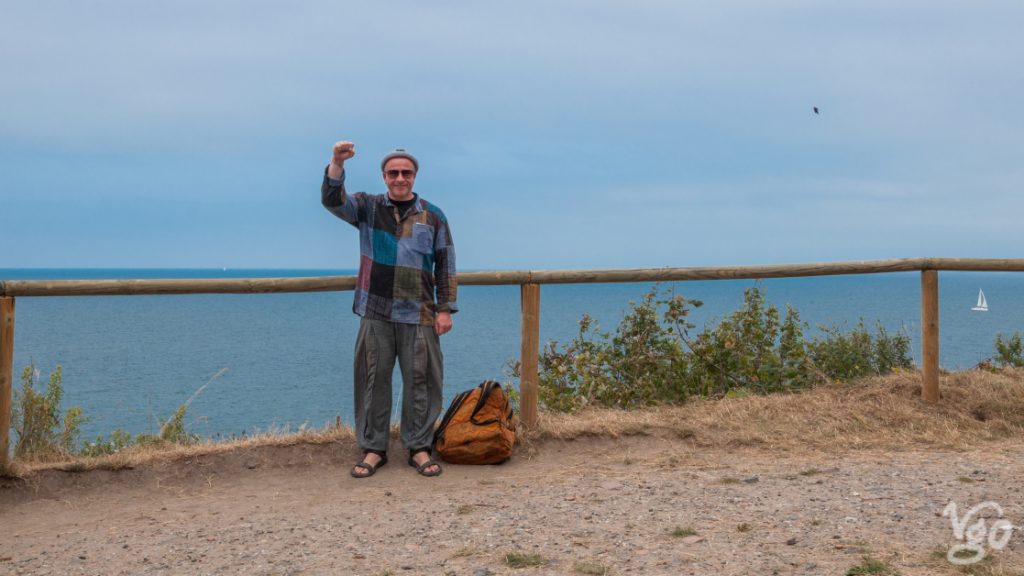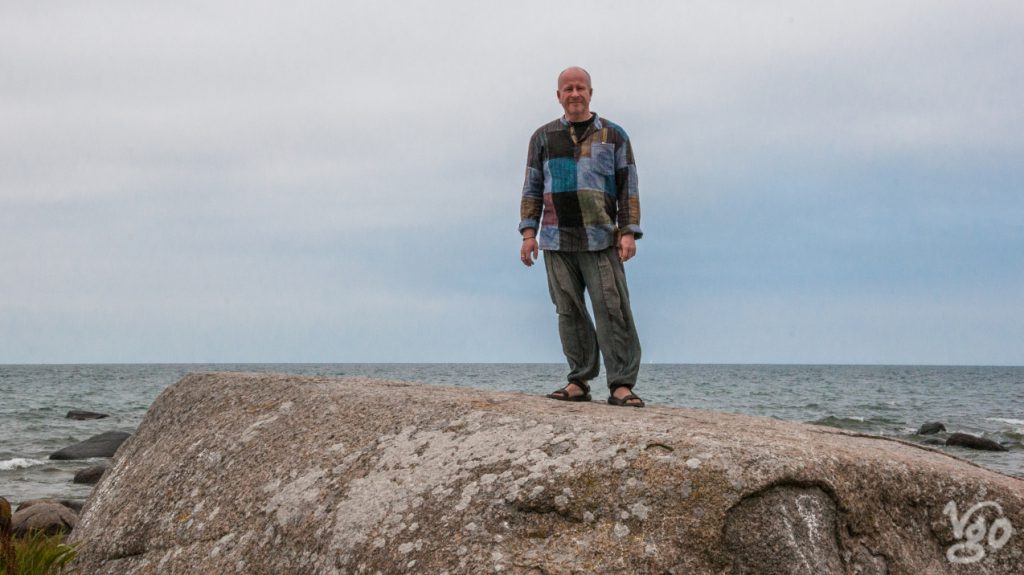I was 17 in the summer of 1989, my last school holidays in-between grade eleven and twelve. Amidst irritating news about an increasing number of fellow East Germans who tried to flee across a newly opened Hungarian-Austrian border to western countries, a friend and I travelled the Isle of Rügen before we had to serve in a GST-Lager, a paramilitary camp, for a last time.
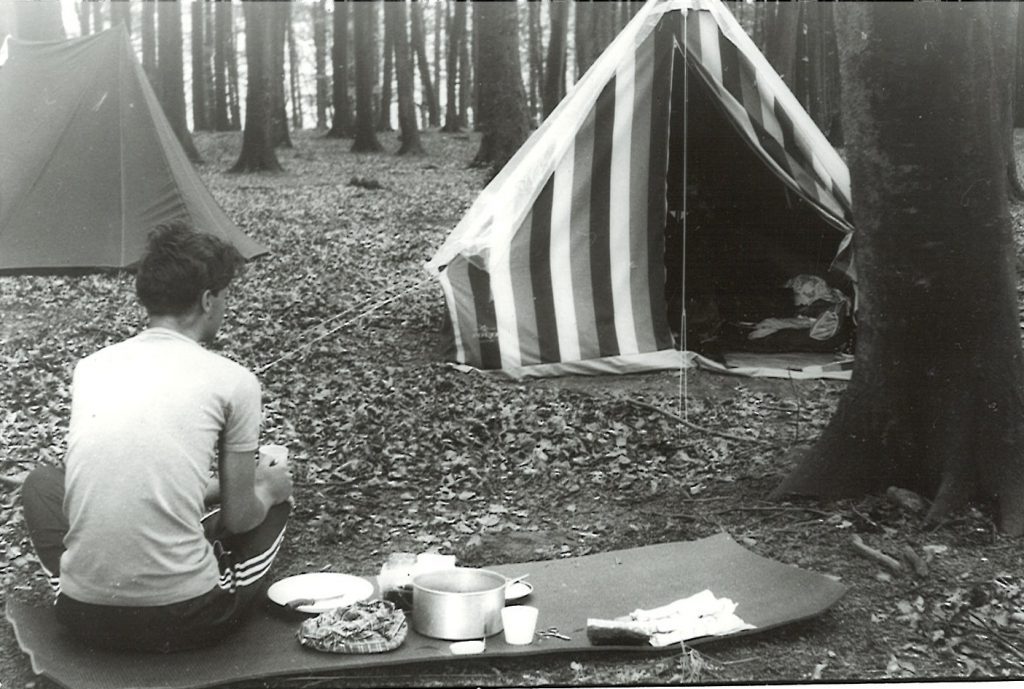
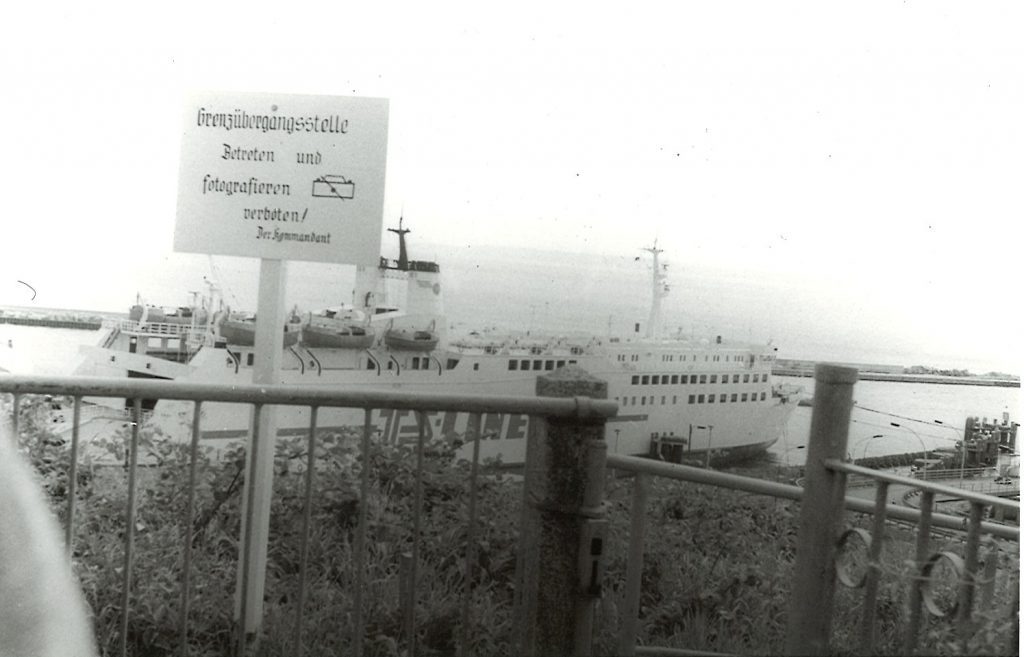
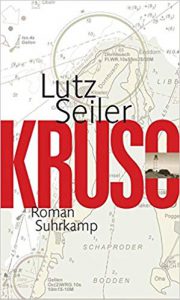
Our journey took us once around the island, by public transport. I vividly remember our day trip to Hiddensee: due to restricted availability of accomodation on an island that served as a dissident hideout (in plain sight of the secret service) and a hub for would-be runaways (rather swimaways) it was an almost sacred place for East Germans. (Lutz Seiler’s great novel Kruso gives you a good idea.) Occasionally we forgot to get groceries and struggled with bread almost – almost! – too hard to be cut. We oversaw a camp fire for a school class on holidays, and I mistook a teacher accompanying them for a pupil and consequently refused to share my beer with her until she let me know that she in fact was my senior. And so on: we had a great time!
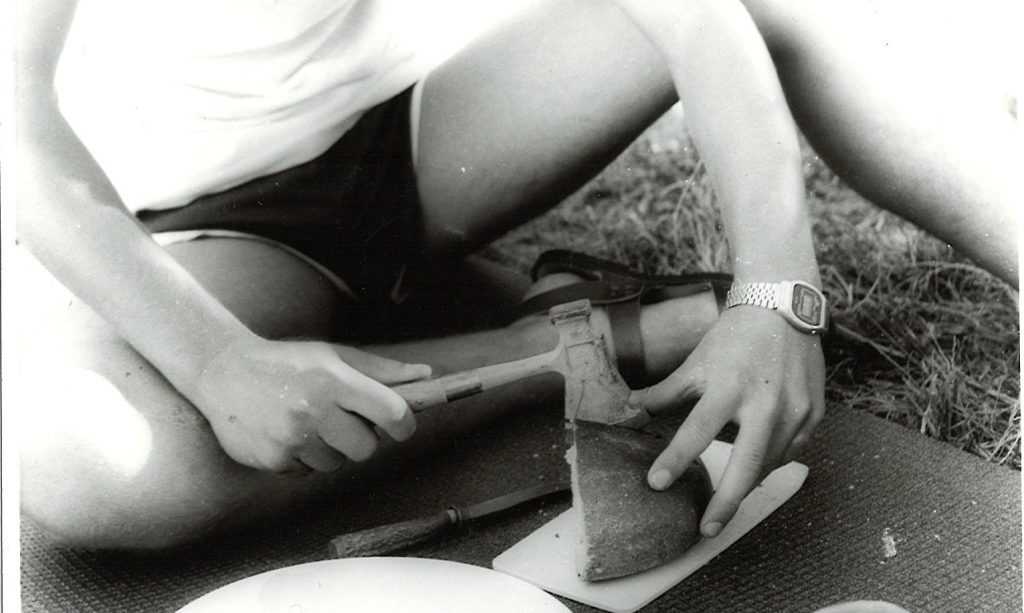
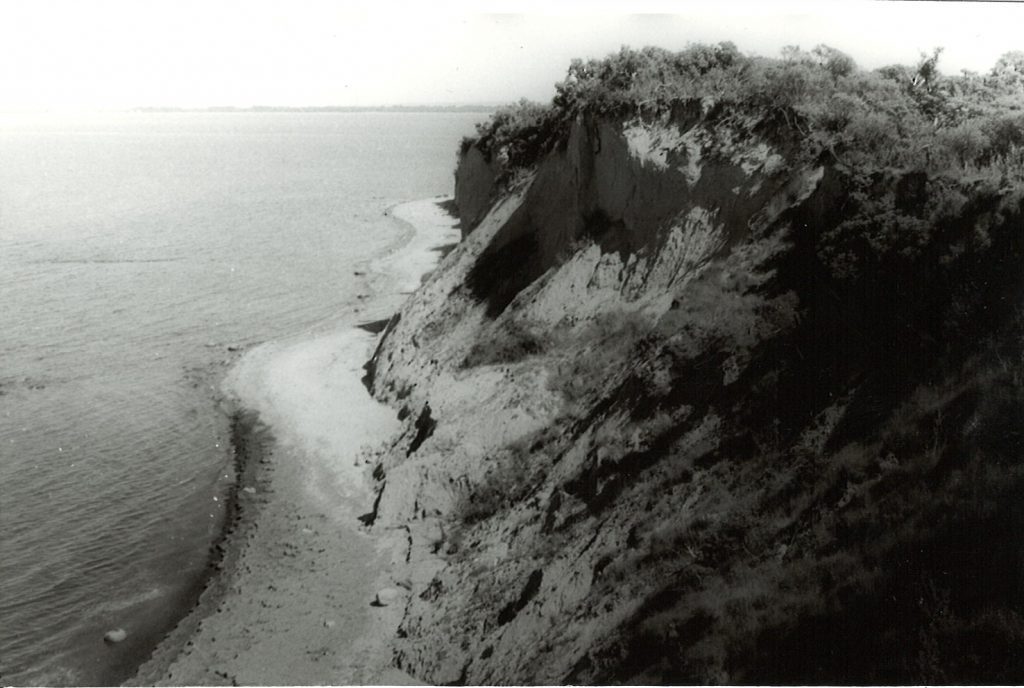
Gellort near Cape Arkona, quite symbolically, was as far as we could get: we had reached the northernmost point of the GDR. In case you didn’t know, as East Germans we were subject to severe travel restrictions. Unless you were past your working age, or a prominent VIP, “western” (i.e. capitalist) countries were out of bounds for you. Travels to “eastern” countries were possible, though not exactly easy. For one, you had to cope with a daily allowance of currency you could exchange. Not that any of this had affected me much yet. I’d even been to Czechoslovakia with my parents a few times, and once to the Soviet Union, not too bad for a seventeen-year old!
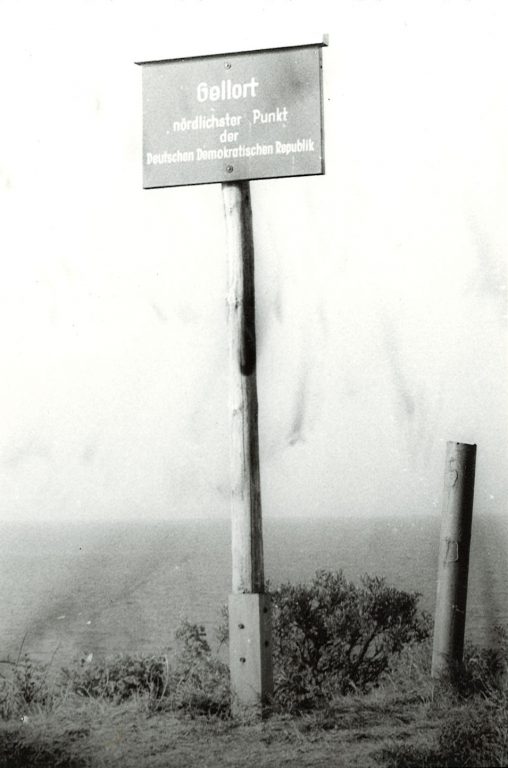
1989 being what it was: a revolutionary year, I took the opportunity and positioned myself at East Germany’s extreme northern end, and facing the sea I shouted “Revolution!” and “Freiheit!” (freedom) – and as you well know, the rest is history!
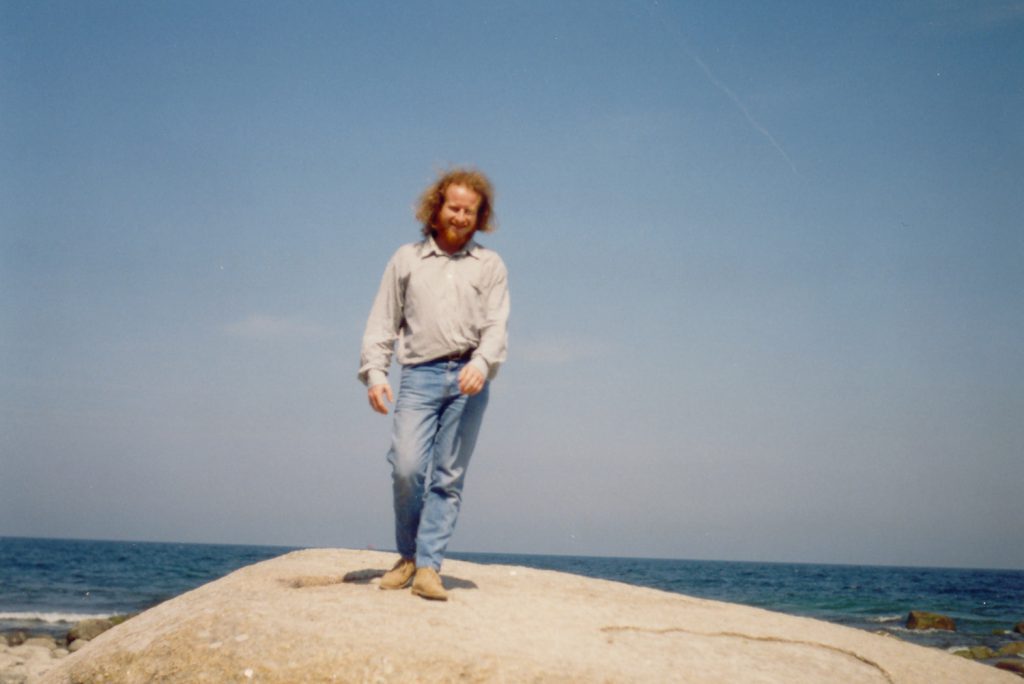
Although the image above was taken at Siebenschneiderstein below Gellort two years later, it still captures who I was back then, hair, clothes and all. Almost thirty years on, I am still in awe when I look at this image. The Me there, a Jim Morrison look-alike I find, has become a very potent member of my inner team (similar to Virginia Satir‘s parts party – see here).
I visited the place again this summer to start a period of reflection of what happened in 1989 and what has happened since – some sort of homegoing, homecoming. There is no sign anymore indicating a topographical superlative – the GDR is no more, and unified Germany extends further north since it is bigger than die größte DDR der Welt – the biggest GDR of the world. The sign is gone, as is my hair, yet the revolutionary spirit lives on. Or does it? You be the judge if you must.
